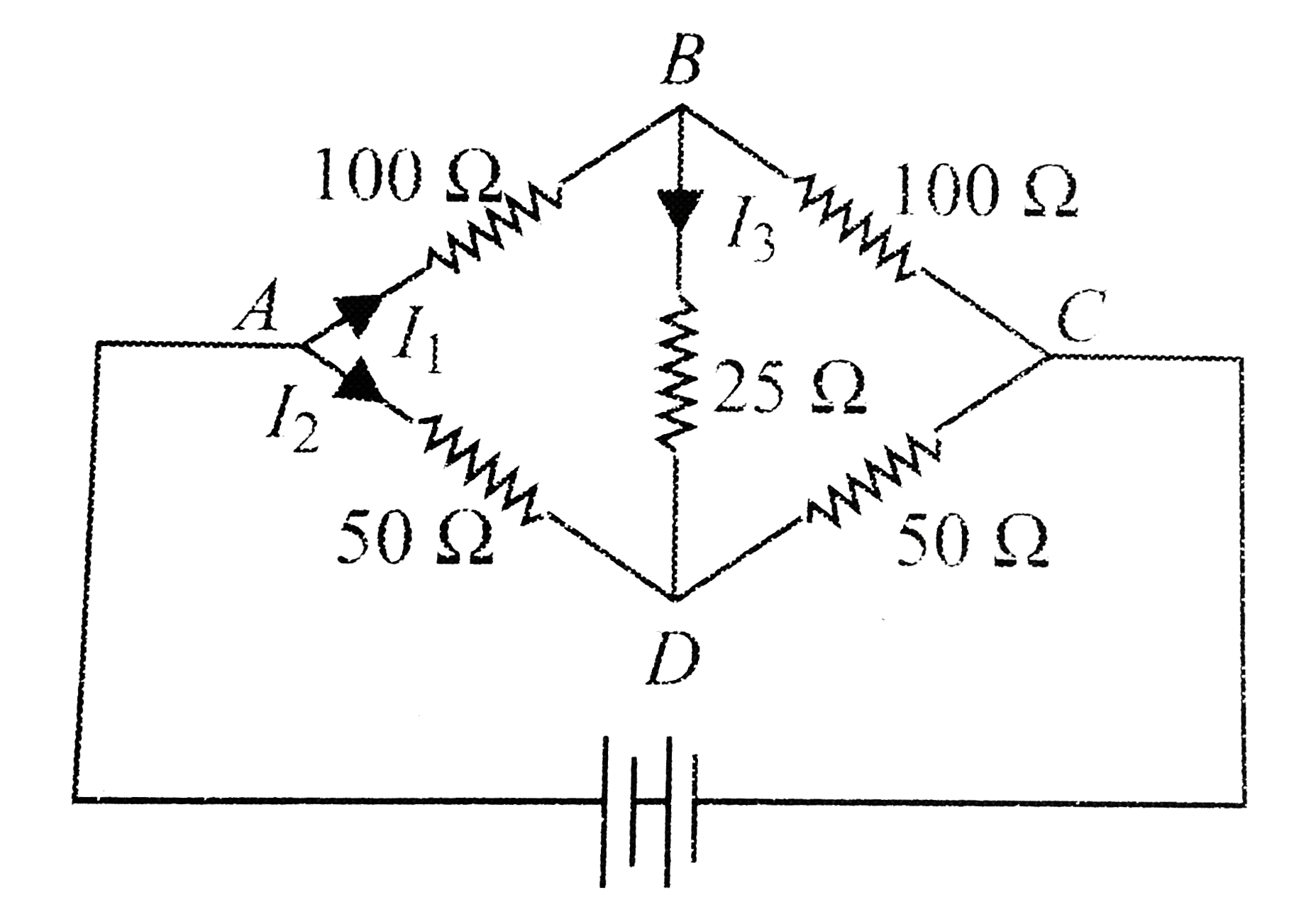Arrange I−,IandI+ in the decreasing order of their atomic radius
To arrange the ions I−,I, and I+ in decreasing order of their atomic radius, we need to consider the effect of charge on the size of the ions and the neutral atom.
1. Understanding Atomic and Ionic Radius:
- The atomic radius refers to the size of a neutral atom, while the ionic radius refers to the size of an ion (either positively or negatively charged).
- Anions (negatively charged ions) are generally larger than their neutral atoms because they have gained electrons, which increases electron-electron repulsion and expands the electron cloud.
- Cations (positively charged ions) are smaller than their neutral atoms because they have lost electrons, reducing electron-electron repulsion and allowing the remaining electrons to be pulled closer to the nucleus.
2. Identify the Charges:
- I− (iodide ion) has a negative charge.
- I (neutral iodine atom) has no charge.
- I+ (iodine cation) has a positive charge.
3. Comparing Sizes:
- Since I− has a negative charge, it will have the largest radius due to increased electron repulsion.
- The neutral iodine atom I will have a smaller radius than I− but larger than I+.
- The cation I+ will have the smallest radius because it has lost an electron, leading to decreased electron-electron repulsion.
4. Arranging in Decreasing Order:
- Based on the above analysis, we can arrange the ions in decreasing order of their atomic radius:
I−>I>I+
Final Answer:
The decreasing order of atomic radius is:
I−>I>I+
- The atomic radius refers to the size of a neutral atom, while the ionic radius refers to the size of an ion (either positively or negatively charged).
- Anions (negatively charged ions) are generally larger than their neutral atoms because they have gained electrons, which increases electron-electron repulsion and expands the electron cloud.
- Cations (positively charged ions) are smaller than their neutral atoms because they have lost electrons, reducing electron-electron repulsion and allowing the remaining electrons to be pulled closer to the nucleus.
- I− (iodide ion) has a negative charge.
- I (neutral iodine atom) has no charge.
- I+ (iodine cation) has a positive charge.
- Since I− has a negative charge, it will have the largest radius due to increased electron repulsion.
- The neutral iodine atom I will have a smaller radius than I− but larger than I+.
- The cation I+ will have the smallest radius because it has lost an electron, leading to decreased electron-electron repulsion.
- Based on the above analysis, we can arrange the ions in decreasing order of their atomic radius:
I−>I>I+
The decreasing order of atomic radius is:
I−>I>I+
Topper's Solved these Questions
- PERIODIC CLASSIFICATION OF ELEMENTSBOOK - MTG IIT JEE FOUNDATIONCHAPTER - PERIODIC CLASSIFICATION OF ELEMENTSEXERCISE - Solved Examples
37 Videos
- PERIODIC CLASSIFICATION OF ELEMENTSBOOK - MTG IIT JEE FOUNDATIONCHAPTER - PERIODIC CLASSIFICATION OF ELEMENTSEXERCISE - NCERT Section
35 Videos
- MOLE CONCEPT, STOICHIOMETRY AND BEHAVIOUR OF GASES BOOK - MTG IIT JEE FOUNDATIONCHAPTER - MOLE CONCEPT, STOICHIOMETRY AND BEHAVIOUR OF GASES EXERCISE - EXERCISE (INTEGER/NUMERICAL VALUE TYPE)
5 Videos
Similar Questions
Knowledge Check
The correct decreasing order atomic radius is:
AF>O>SBF>S>OCS>F>ODS>O>FArrange the following amines in the decreasing order of their basic strength Aniline (I), Benzylamine (II), p-toluidine (III)
AI>II>IIIBIII>II>ICII>I>IIIDIII>I>IIArrange in their decreasing order of rate in SNAr.
(i) Ai>ii>iv>iii>vBii>i>iii>v>ivCv>iii>i>ii>ivDv>iii>ii>i>iv
Ai>ii>iv>iii>vBii>i>iii>v>ivCv>iii>i>ii>ivDv>iii>ii>i>iv
Arrange the following elements in increasing order of their atomic radii.
Cl, At, Br I
View SolutionArrange the following elements in increasing order of their atomic radii :
CI,At,Br,I
View SolutionArrangement the following elements in increasing order of their atomic radii
(a) Li, Be, F, N
(b) Cl, At, Br, I
View SolutionArrangement the following elements in increasing order of their atomic radii
(a) Li, Be, F, N
(b) Cl, At, Br, I
View SolutionShows a Wheatstone bridge circuit. Which of the following correctly showsk the currents I1,I2andI3 in the decreasing order of magnitude?

View Solution

